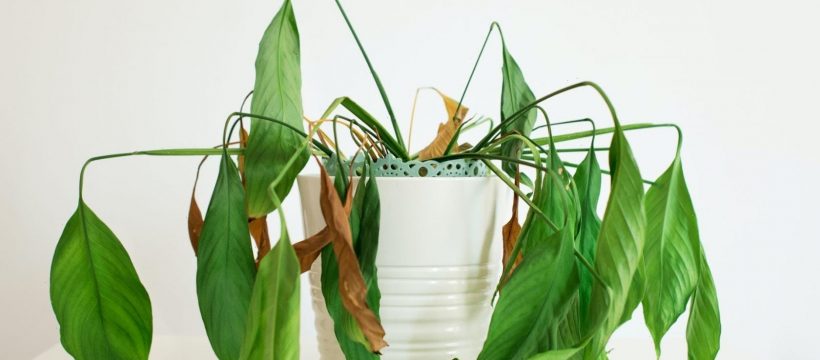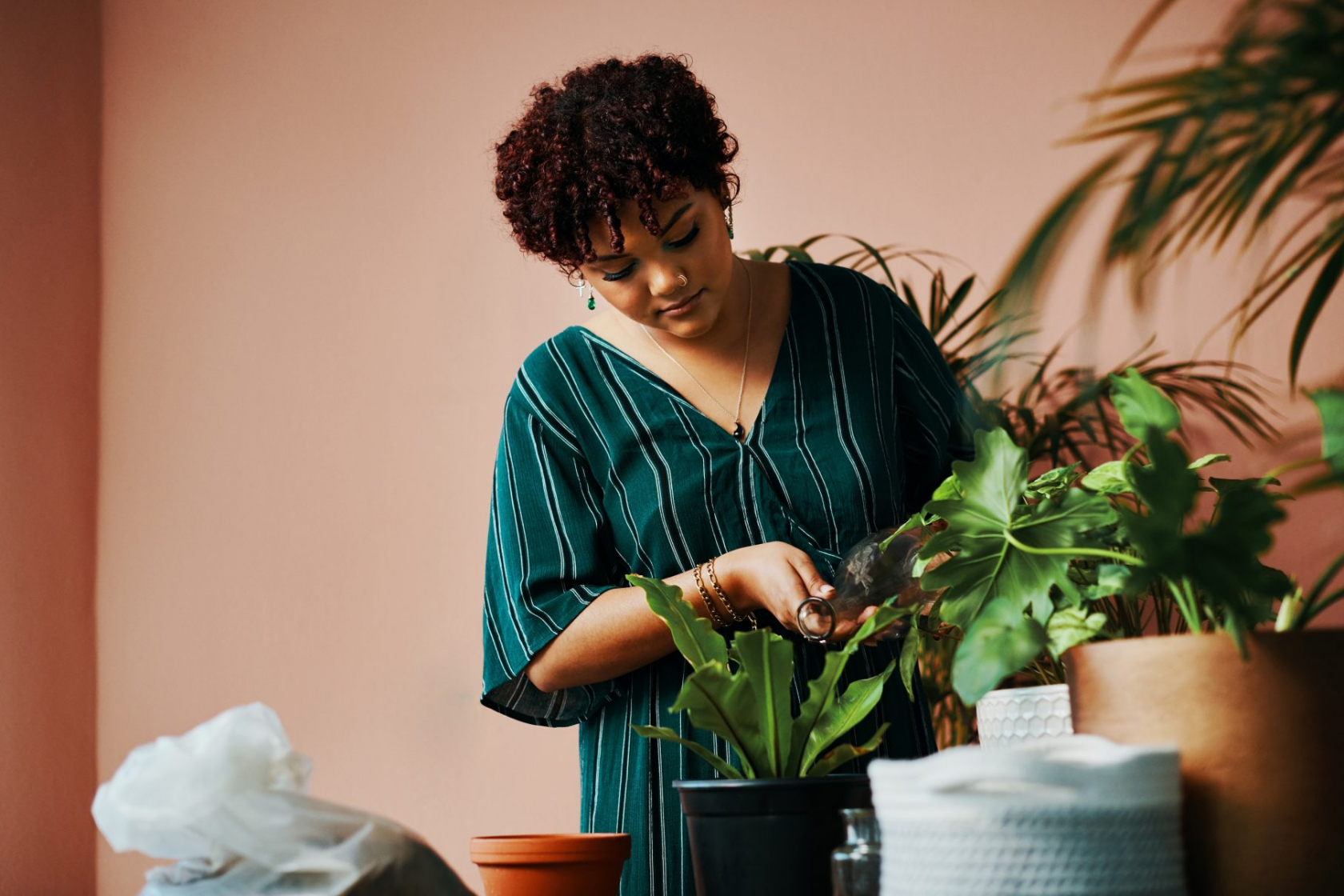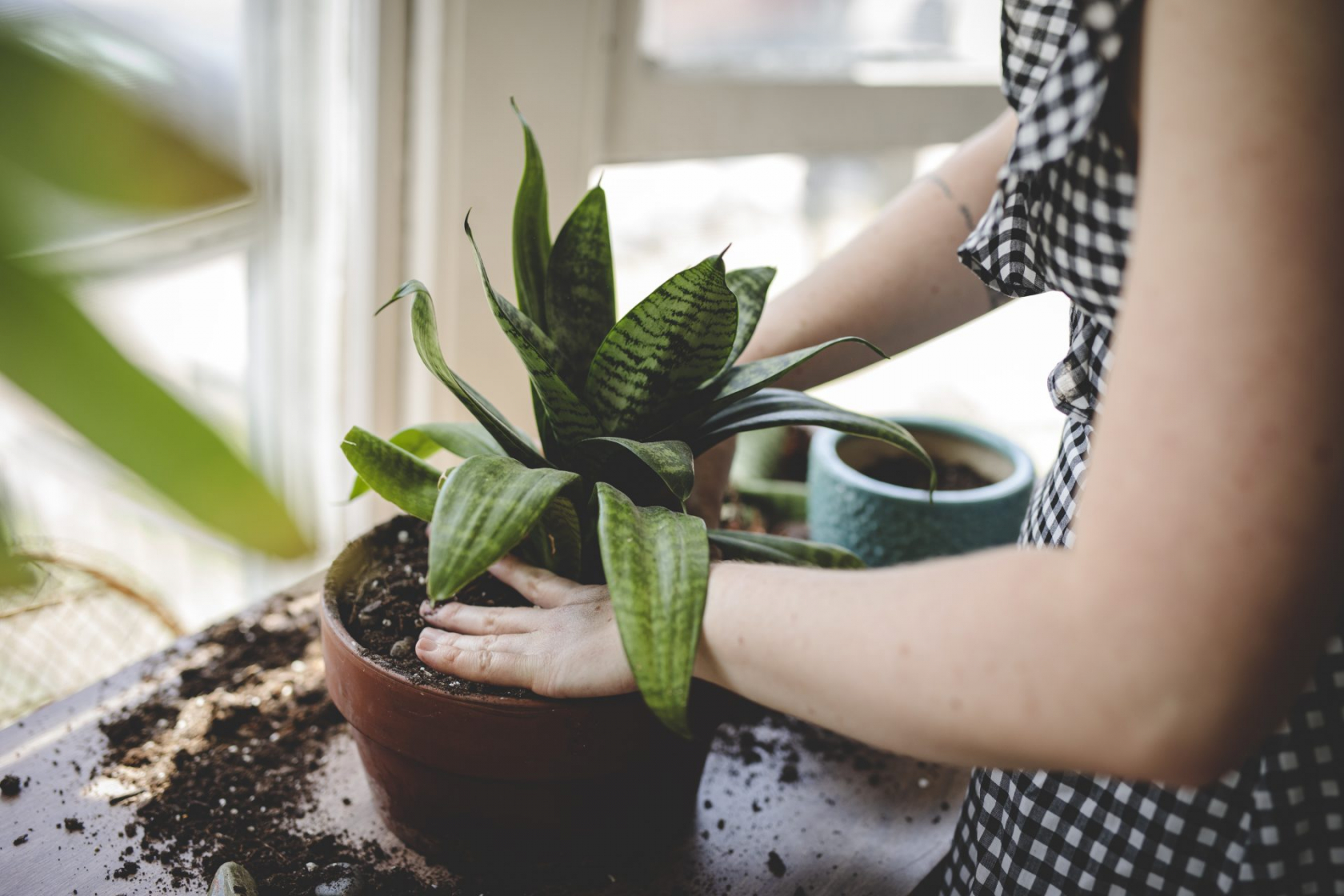There are many reasons why plants go droopy or wilt, and underwatering is only one of them. Keep reading to find out how to solve this common houseplant problem.
Looking after plants isn’t always as straightforward as it may seem.
Take the problem of wilting or drooping foliage. When a plant’s leaves start to shrivel up, you might think the best course of action would be to give it a drink. But that’s not always the case.
While underwatering is one of the reasons why a plant’s leaves might droop, there are actually several other reasons why this might be the case – some of which will actually be made worse by giving your plant more water.
So, what are the main reasons why a plant’s leaves turn droopy and wilted? And how can you tell which one is affecting your plant?
We asked Richard Cheshire, Patch’s Plant Doctor, to share his expertise. Here’s what he had to say.
What are the main reasons why plants wilt and droop?
There are three main reasons why a plant’s leaves are likely to look wilted and droopy. The first is underwatering – aka, what most people suspect when they see a droopy plant.
The second, however, is overwatering – which is why you shouldn’t give your plant a drink as soon as you see one of its leaves flopping over.
“If your plant’s leaves are looking wilted and yellow, the problem is likely overwatering,” Cheshire explains. “Overwatered leaves will have a very soft, floppy look, because they’re waterlogged.”
Another, non-water-related reason why your plant might be drooping is because it’s not getting enough light. “If your plant is not getting enough sun it will wilt because it can’t absorb enough light to feed itself,” Cheshire explains.
Outside of these three main reasons, plants may also wilt when it’s extremely hot outside, due to a process called transpiration – the official name for the movement of water through the plant. Heat-related wilting occurs when water evaporates from the leaves faster than it can be drawn up from the roots.
A plant’s leaves might also wilt when its pot is no longer big enough for its root system – aka, when it needs repotting. This is because a plant that has outgrown its pot may no longer be able to absorb nutrients properly.
How can you tell what might be causing your plant’s leaves to droop? And what can you do to fix it?
The first thing you can do when you notice your plant drooping is to check its soil.
“If it’s really wet, then overwatering is likely,” Cheshire says. “Just leave your plant to dry out, and in the future, only water it when the top two inches of soil feel dry.”
He continues: “If it’s bone dry, you should increase the frequency of watering, but still stick to the same trick above: only water when the top two inches of soil feel dry.”
If you check the soil and are happy with the amount of water your plant has been receiving, then think about adjusting its light levels. Different plants will prefer different levels of light, but very few will thrive in a super shady spot.
“If it might be due to a lack of light, try moving the plant somewhere a little brighter,” Cheshire recommends. “Be gentle, so just shift it a little closer to a window. Don’t go straight from deep shade to a sunny window, as that will stress your plant out.”
New to plant parenthood? Check out Stylist’s guide to buying, styling and caring for plants to get started.
You can find out more about the most common houseplant problems by checking out our range of plant care content, too.
Images: Getty
Source: Read Full Article


